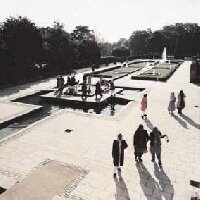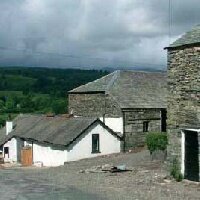Regeneration and the Historic Environment


Regeneration and the Historic Environment was published in January 2005 and sets out the English Heritage approach to regeneration. It looks at how the re-use of heritage assets is important to sustainable development and helps to retain local character and distinctiveness.
This document includes a number of case studies of successful regeneration projects illustrating the valuable role heritage can play in the regeneration of our cities, towns and communities. It also includes a checklist for successful regeneration and a list of useful contacts for further information.
Heritage as a catalyst for better social and economic regeneration
Regeneration needs to be done with sensitivity if it is to create better places and stronger communities. Understanding how places change, and recognising the significance of their history, is the key to successful and sustainable regeneration.
Successful regeneration means bringing social, economic and environmental life back to an area. Regeneration is a rural as well as an urban imperative. Successful regeneration transforms places, strengthens a community’s self-image and re-creates viable, attractive places which encourage sustained inward investment.
Why Re-use of Heritage Assets is at the Heart of Sustainable Development
English Heritage wants to see the best use made of what already exists. Our involvement in regeneration activity for over two decades has demonstrated that:
- Re-using existing buildings is a simple way of achieving sustainability
- Re-using buildings and adapting landscapes help reinforce a sense of place
- New large-scale developments risk losing the fine grain that characterises historic areas
- Re-used buildings can often be sold for a premium compared to a similar new-build property
- Restoring the historic environment creates jobs and helps underpin local economies
- An attractive environment can help to draw in external investment as well as sustaining existing businesses of all types, not just tourism-related
- The historic environment contributes to quality of life and enriches people’s understanding of the diversity and changing nature of their community
- Historic places are a powerful focus for community action
- The historic environment has an important place in local cultural activities
Mixed use, high-density, human-scale historic neighbourhoods are a model for new sustainable communities.
Further Information
Other relevant websites include:
What's New?
-
The National Heritage List for England is now live on the English Heritage website.
-
Welcome to the HER21 page. This page offers access to the full suite of HER21 project reports.
